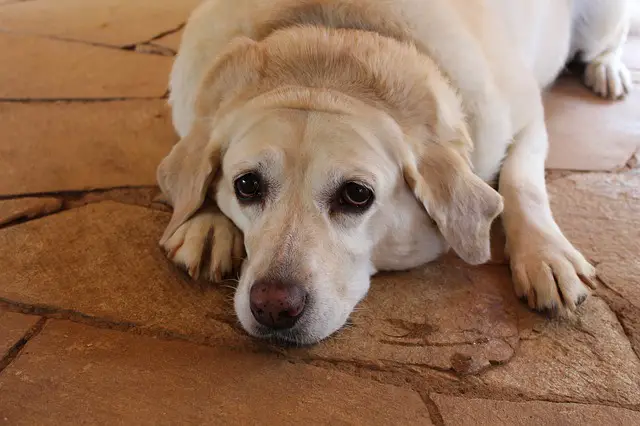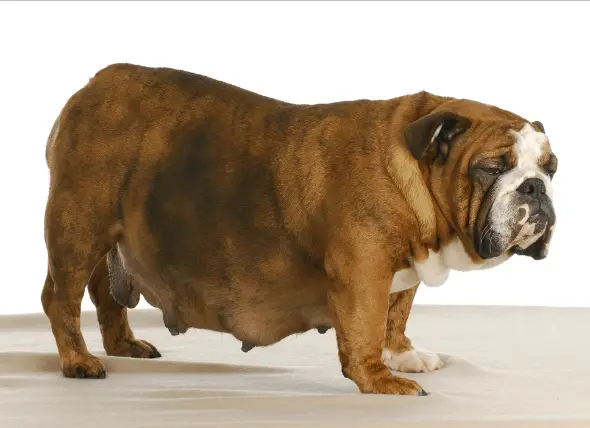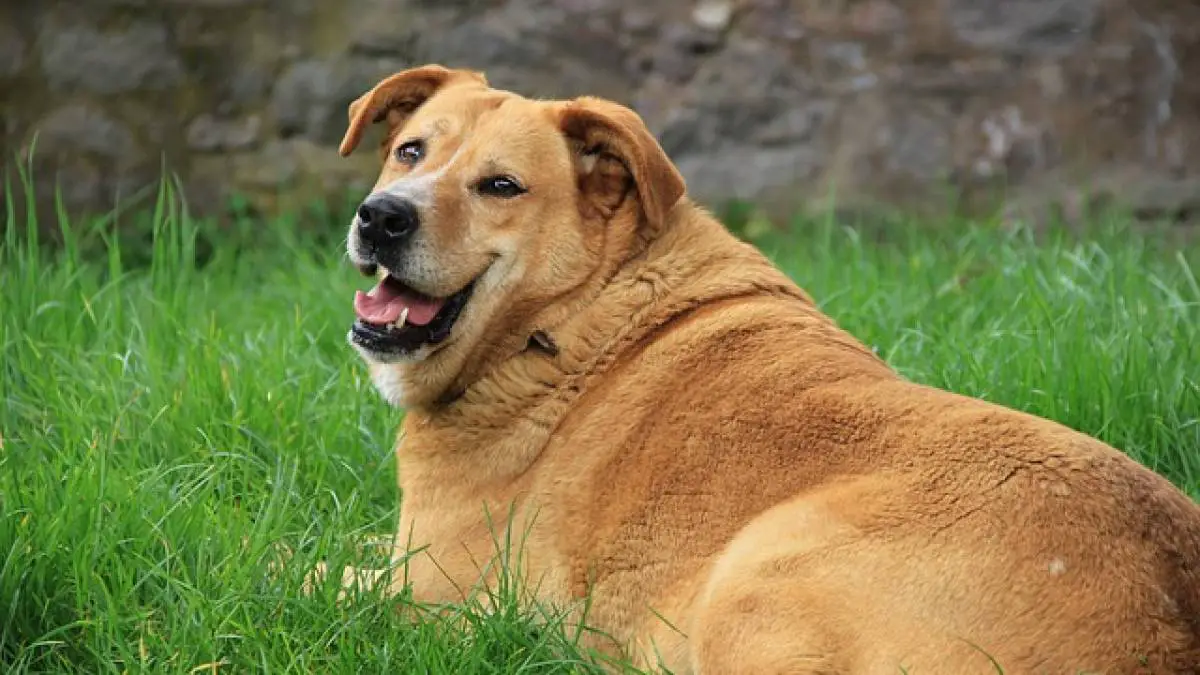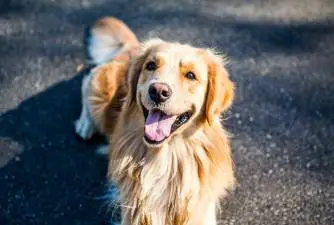Dog Obesity: Causes, Symptoms & Prevention
26.06.2019.
Excessive Weight in Dogs is a nutritional disorder defined by an excess of body fat. Obesity and overweight are not the same things! As bodyweight is easier to measure than trying to measure body fat, people use body weight as a guide to determine whether a dog is overweight or obese.
Dogs are considered overweight when they weigh 10-20% above their ideal body weight. They are considered obese when they weigh 20% or more above their ideal body weight. Obesity isn't something to ignore. It can result in a lot of severe health conditions and reduce your dogs' lifespan.
Obesity is common in dogs of all ages, but most commonly, it occurs in middle-aged dogs (5-10 years of age). Obesity is a serious problem. Approximately 25-30% of all dogs are obese, with 40-45% of dogs aged 5-11 years old, are weighing more than usual.
What causes a dog to become overweight or obese?
There are a few causes of obesity. Usually, obesity results from an imbalance between the energy intake and its usage – when the dog eats more food than it can expend. Feeding the dog high-calorie food can contribute to the development of obesity.
Other common causes are neutering/spaying, insulinoma (a tumor of the pancreas), hypothyroidism (a condition in which the thyroid gland doesn't produce enough of certain crucial hormones), etc.

Symptoms
Symptoms of obesity are easy to notice:
- Weight gain
- Inability or unwillingness to exercise
- Inability to run
- Little or no visible waistline
- No palpable ribcage
- Excess body fat
- Physical changes in general
As we already mentioned, people use body weight as a guide to determine whether a dog is overweight or even obese. When a veterinarian exams the dog, they will try to feel their rib cage, lumbar area, head, and tail.
The result of this examination is compared with the breed standard. Usually, the ribs and spine should be easy to feel. If you cannot quickly feel your pets' ribs or spine, and your pet has a tubular shape because of its thickened waist, most probably your dog is obese.
Conditions caused by obesity
Obesity is dangerous, and many different conditions can occur as a result of obesity. Those conditions are:
- Decreased stamina
- Exercise intolerance
- Heat intolerance
- Breathing difficulty
- Diabetes
- High blood pressure
- Liver disease
- Osteoarthritis
- Increased risk of developing malignant tumors

Overweight and obese dogs also have extra skin folds, which can cause skin problems accompanied by irritation and bacterial infections. All of these are frightening, but probably the most terrifying result of obesity is decreased life span. An overweight or obese dogs' lifespan is approximately 2.5 years shorter.
There are a few things that, when combined, lead to obesity:
- Feeding your pet more than it can expand in exercise
- Lack of exercise
- The inability of some owners to recognize that their pet is obese
- Age
- Genetic predisposition - studies suggest that some dog breeds (including terriers, spaniels, dachshunds, beagles, and Labrador retrievers) have a higher chance of becoming overweight and obese than others.
- Neutered/spayed dogs have reduced production of sex hormones, which decreases energy expenditure and can cause changes in satiety (increased hunger)
- Certain medications may also contribute to obesity in dogs
Obesity can be caused by different things dog owners sometimes take for granted. Our duty and responsibility are to keep our pets as healthy as possible, so we, as dog owners, need to learn how to spot early signs of obesity. It is also essential to know what to do if your dog already became obese.
How to help an obese dog?
If you suspect that your dog may be overweight or obese, don't hesitate to take them to the vet. After the diagnosis is set, follow your vets' instructions and do everything you can to achieve your dog’s healthy weight.
There are plenty of ways you could help your obese dog become healthy again. However, it will require time and effort from both sides. Your dog cannot make these changes independently, and you will have to adapt your schedule to fit your dog’s new needs. Here are the best ways to help an obese dog;
- Change your dogs' food regiment - replace their food with a low-calorie one (today, there are many scientifically formulated nutritional products to help with healthy and safe weight reduction in dogs)
- Increase daily walks
- Play more with your dog outside - when training your dog, try rewarding them with some healthy snacks rather than high calorie treats
- If your dog is a fast eater, you can buy them a special bowl that requires your dog to work to get each piece of food. It will significantly slow down the speed of food intake.
Every change in your dog’s diet should be done carefully and patiently. Make sure that dietary changes are made gradually so their gastrointestinal tract won’t get upset.
FUN FACT: Try taking your dog to swim. Swimming is a low-impact exercise that can build muscles and burn calories.
It doesn’t take much for a dog to become overweight or obese. Keep a close eye and on the first signs of these conditions, talk to your veterinarian. Make sure you take adequate measures to achieve a healthy weight for your dog. A maintenance diet and exercise schedule should be followed for the rest of your dog’s life.
World Dog Finder team







Share